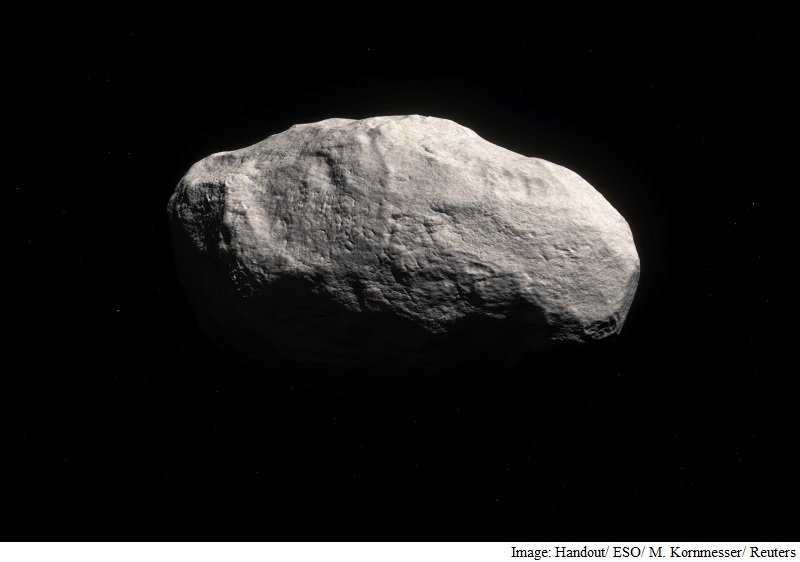Cosmologists
have found a first-of-its-kind tailless comet whose piece may offer intimations
into long-standing inquiries concerning the nearby planetary group's
development and development, as per examination distributed on Friday by the
diary Science Advances.
The
alleged "Manx" comet, named after a type of feline without tails, was
made of rough materials that are regularly found close Earth. Most comets are
made of ice and other solidified mixes and were framed in nearby planetary
group's freezing for scopes.
Analysts
trust the recently discovered comet was shaped in the same district as Earth,
then booted to the neighboring planetary group's terrace like a gravitational
slingshot as planets jarred for position.
Researchers
required in the disclosure now look to figure out what number of more Manx
comets exist, which could resolve discussion over precisely how and when the
close planetary system sank into its momentum setup.
"Depending what number of we discover, we will know
whether the mammoth planets moved over the nearby planetary group when they
were youthful, or in the event that they grew up discreetly without moving
much," paper co-creator Olivier Hainaut, a space expert with the European
Southern Observatory in Germany, said in an announcement.
The
new comet, known as C/2014 S3, was found in 2014 at the Panoramic Survey
Telescope and Rapid Response System, or Pan-STARRS. This system of telescopes
scours the evening skies for intelligent moving comets, space rocks and other
heavenly bodies.
Ordinarily
comets are rolling in from the same district as the Manx develop splendid tails
as they approach the sun, the aftereffect of ice vaporizing off their bodies
and sparkling in reflected daylight.
Be
that as it may, C/2014 S3 was dull and for all intents and purposes tailless
when it was spotted about twice as far from the Sun as Earth.
Subsequent
investigation demonstrated that rather than frosts commonly found on comets,
the Manx comet contained materials like the rough space rocks situated in a
belt amongst Mars and Jupiter.
Furthermore,
C/2014 S3 seemed immaculate, a sign that it had been in the nearby planetary
group's profound stop for quite a while, said University of Hawaii space expert
Karen Meech, the lead creator.
The
disclosure of extra Manx comets could help researchers to refine PC models used
to reproduce the nearby planetary group's development. Meech said.
© Thomson Reuters 2016


Post a Comment